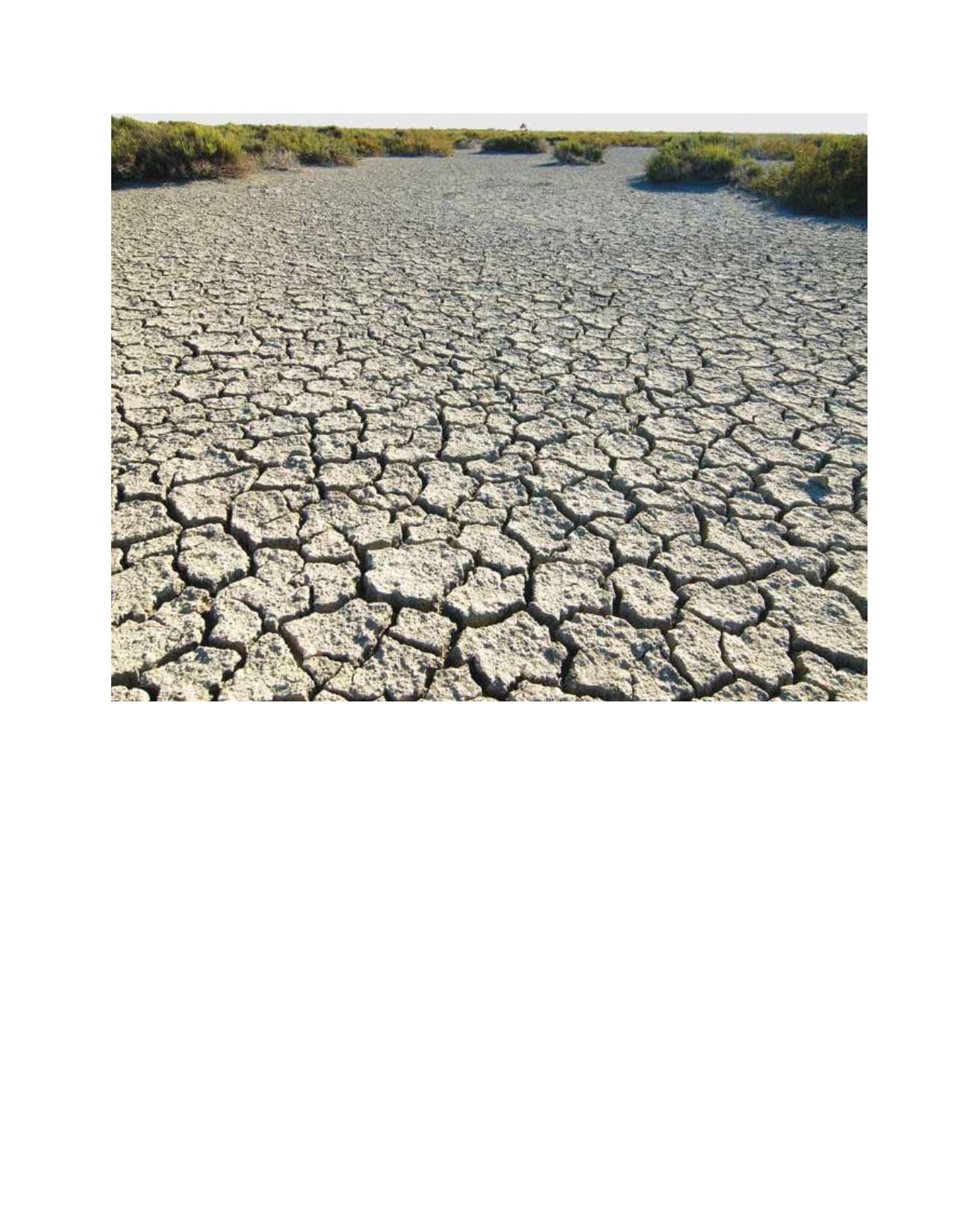

[
] 78
W
ater
A near-surface atmospheric reanalysis was first performed, forced
by ERA-40 and ERA-Interim.
6
Suitable indices, already used in
other countries, have then been derived in order to characterize
the various types of droughts than can occur, based on the SIM
suite’s variables: precipitation, SWI and river flows. A new climatol-
ogy of droughts was established over France.
7
Such a climatology,
combined with the daily updated analysis, improved at the end of
each month and revisited at the end of each year, enables charac-
terization of the situation and paves the way to a large number of
tailored services. The Norbert Gerbier-Mumm prize, delivered in
2011 by the World Meteorological Organization, recognized the
interest of such an approach.
Work was next completed to address the impact of climate
change during the twenty-first century on water resources.
8
The
forcings used were in that case regional climate scenarios. Various
scenarios, climate models and downscaling techniques were used
to address some of the uncertainties inherent in high-resolution
climate projections. Results show a very strong increase in dry
conditions over France. The role of the rising temperatures is
prominent, driving a very strong increase in evaporation demand.
In most cases, this process is dominant in relation to changes
in precipitation. Severe soil drought conditions are expected to
prevail from the middle of the century, showing the
urgent need for adaptation measures.
9
This study is a first attempt from the research commu-
nity and the French meteorological service to address
the impact of climate change on water resources. The
models, the scenarios, and more generally all features
of this study could be refined, revisited and definitely
improved. This will of course be done in the near future,
with improvements of all components of the study.
Although weaknesses can still be found in the tools or
the methodology, the result of this work is a major one
for our society. The message is clear: France will almost
certainly experience severe droughts, and therefore
adaptation has to be prepared right now for sustainable
and reasonable water use, agreed by all stakeholders.
Perhaps a more complicated part of the work is now
to carry this message to citizens and decision-makers,
and to imagine suitable forms for delivering it. This is
a challenge that will drive climatologists to work with
even larger communities, with specialists in informa-
tion representation, sociologists, historians and more,
and to find ways to get the entire society moving!
Drought in Camargue, South France, August 2007
Image: © Météo-France/Patrick Pichard
















